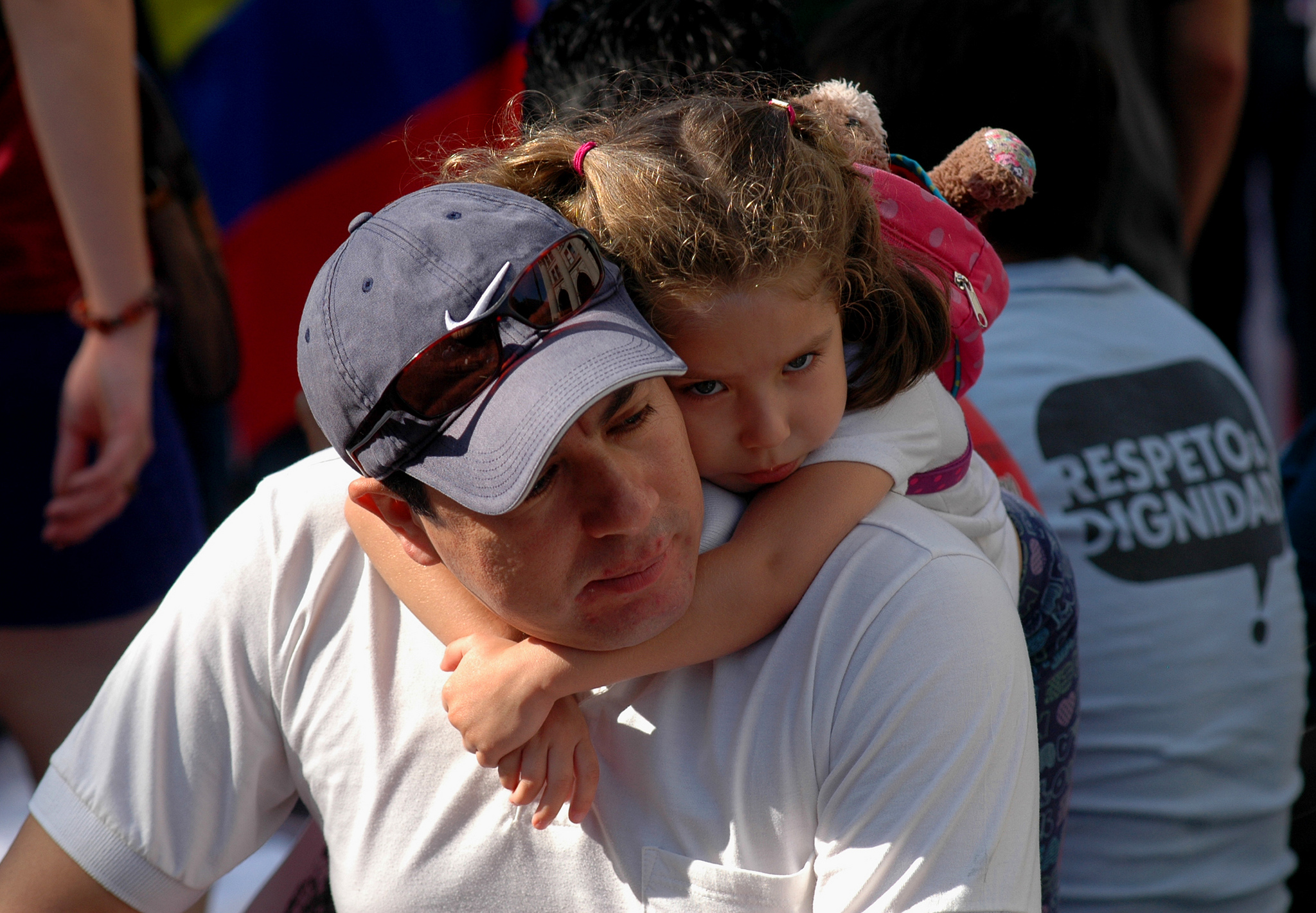Within the next few months, the Supreme Court will determine whether the President’s deferred action initiatives announced in November 2014—namely, Deferred Action for Parents of Americans and Lawful Permanent Residents (DAPA) and expanded Deferred Action for Childhood Arrivals (DACA)—constitute a lawful exercise of executive discretion. That decision will both directly and indirectly affect the lives of millions of individuals currently living in the United States.
While much has been written about DACA (which, in its original iteration, has been in effect since August 2012), as well as its beneficiaries and benefits, less information exists about DAPA’s potential recipients and projected impact. In an effort to close this gap, the Migration Policy Institute (MPI) and the Urban Institute (UI) released a research report that analyzes the size and socio-demographic characteristics of the potentially DAPA-eligible population and their families. The report also examines potential income gains that DAPA recipients and their families would experience if the program is permitted to go into effect.
According to the report, 3.6 million undocumented immigrants would qualify for DAPA. The benefits of DAPA, however, would extend to more than just its recipients. In fact, more than 10 million people live in households with at least one potentially DAPA-eligible adult. In other words, granting individuals relief from deportation and work authorization is an investment that would go well beyond its direct beneficiaries; it would bring stability to entire households. As previous research has demonstrated, living in a household with undocumented parents creates stress and harms the well-being and development of children.
While DAPA would be available to undocumented parents who have a son or daughter who is either a U.S. citizen or a lawful permanent resident, 85 percent of the children under age 18 living with a potential DAPA parent are U.S. citizens. And among all potentially DAPA-eligible individuals, 69 percent have resided in the United States for at least 10 years and 25 percent for at least 20 years. These data indicate that, in general, potential DAPA recipients already have strong ties to the United States. However, because of their precarious legal situation, potential DAPA families are at an economic disadvantage compared to other U.S. families with children under age 18:
“Despite similar labor force participation, the potentially DAPA eligible earn less annually than LPRs [lawful permanent residents]: about $10,000 on average less for men and $8,000 less for women. As a result, potential DAPA families have lower incomes: $31,000 versus $43,000 for all families with immigrant parents and $47,000 for families with U.S.-born parents. The poverty rate for these DAPA families is 36 percent, compared with 22 percent for all immigrant families, and 14 percent for families with U.S.-born parents.”
Implementing DAPA and permitting eligible individuals to obtain work authorization would partially address some of these inequities. According to the estimates released in the MPI-UI report, the average DAPA family could expect an increase of $3,000 (10 percent) in their incomes if they earned the same as LPR parents with similar characteristics. Consequently, 6 percent fewer DAPA families would be living in poverty.
In sum, if DAPA were implemented, millions of young Americans would no longer live with the persistent fear that their parents could be detained and deported at any time. They could live in more prosperous and stable households and enjoy increased opportunities for future economic success. If, on the other hand, the Supreme Court prevents DAPA from going into effect, a number of the structural foundations of inequality described earlier will remain in place and a large number of U.S. citizens will experience the harmful impacts of this inequality for years to come.
Photo by Michael Fleshman.
FILED UNDER: featured, lawful permanent resident, Migration Policy Institute, Supreme Court


